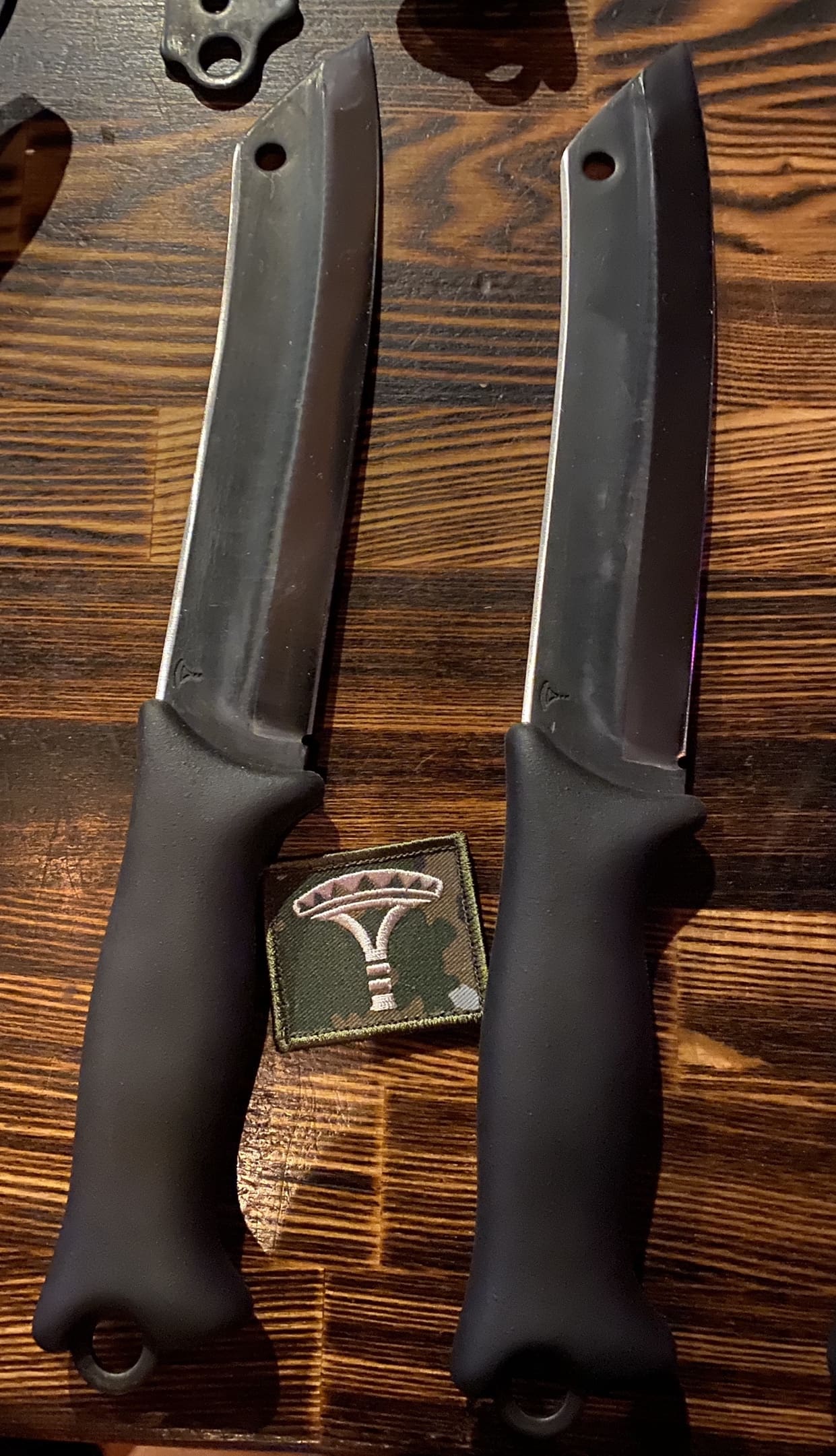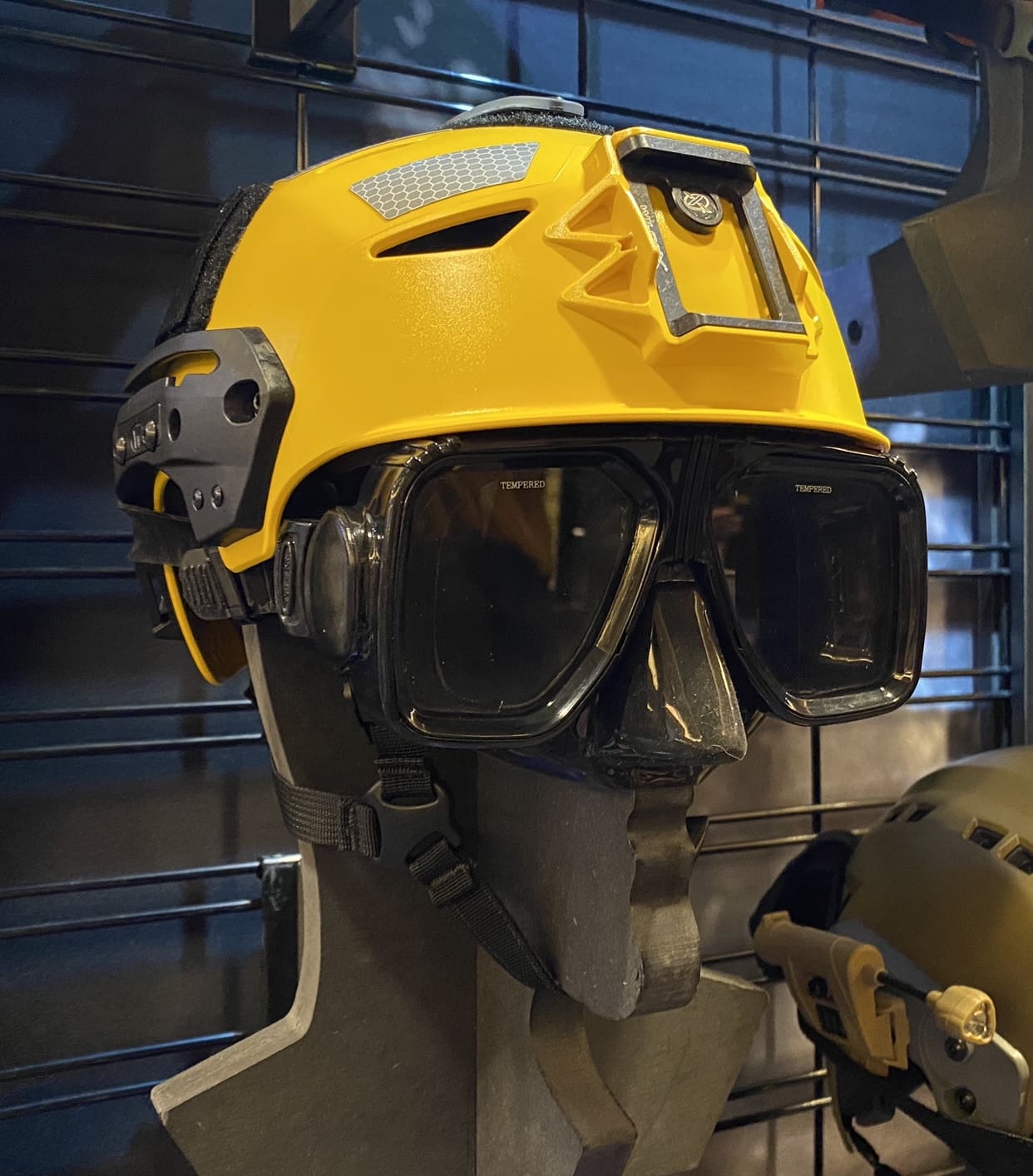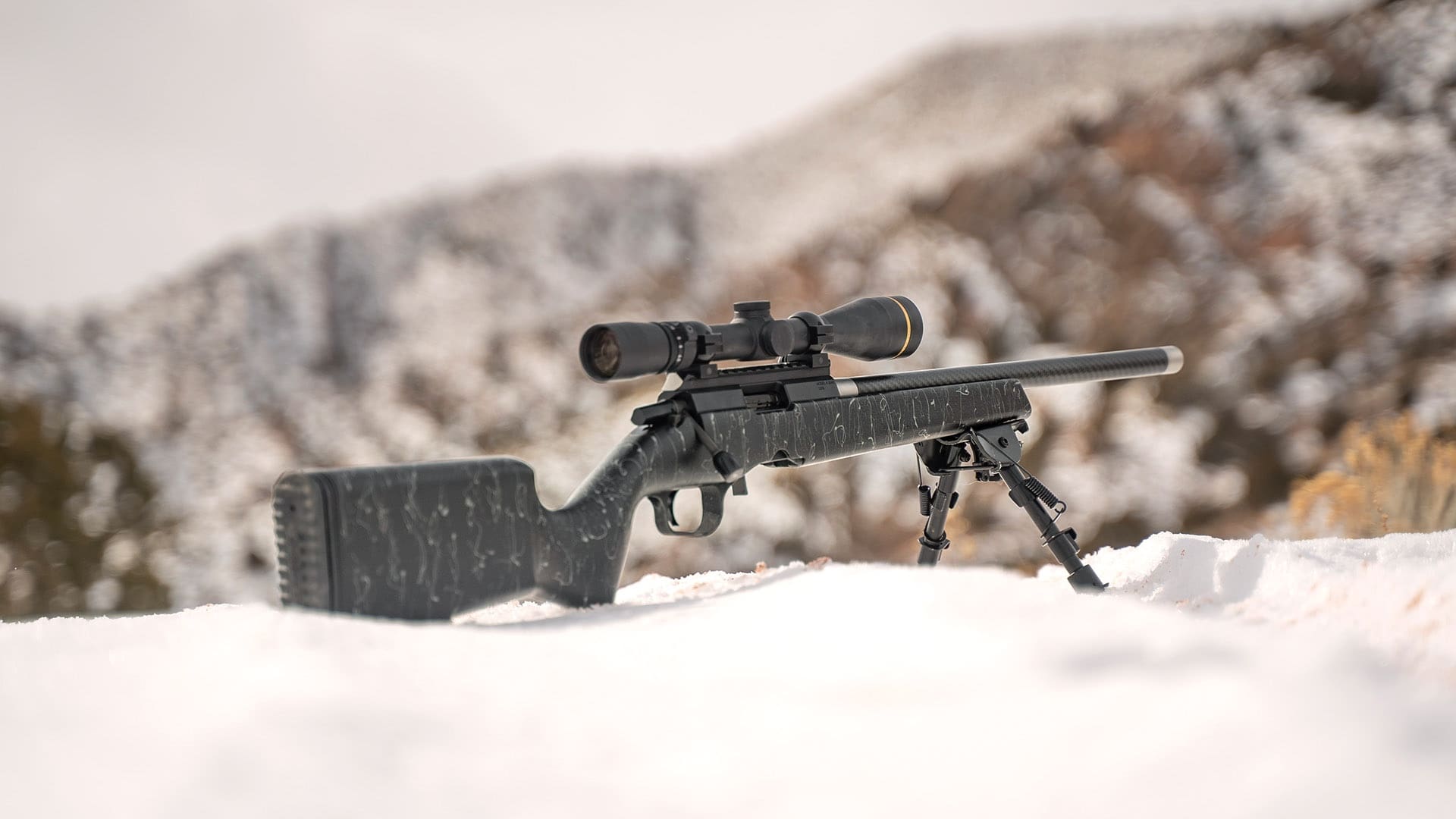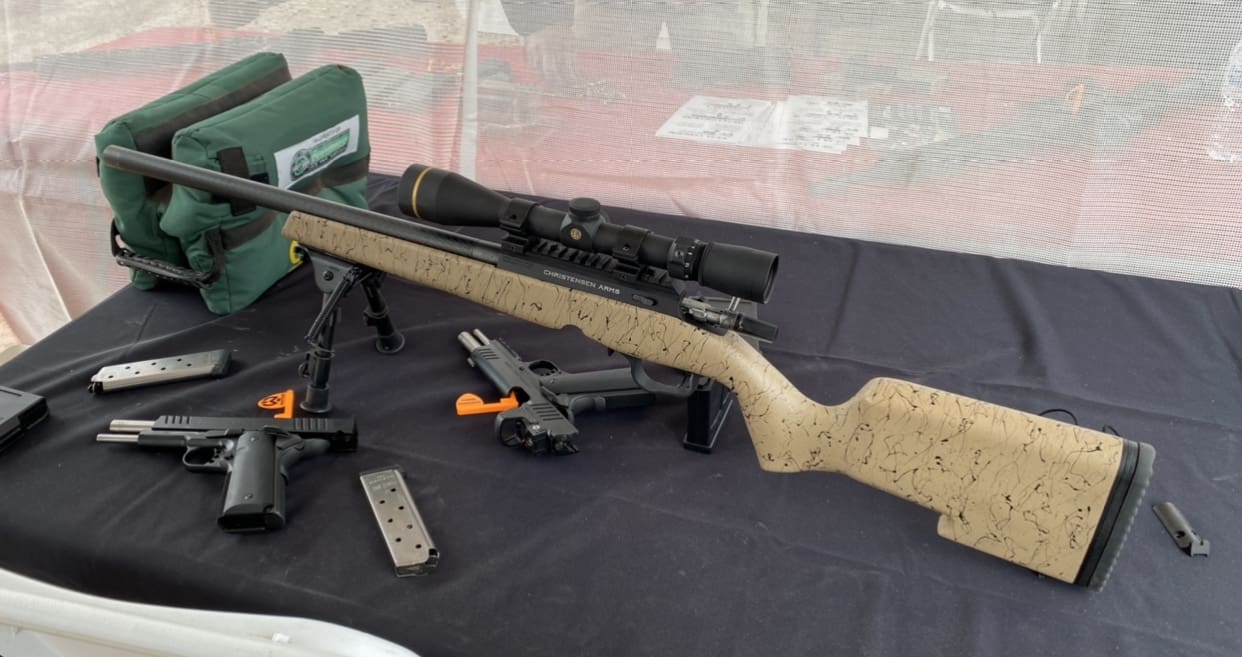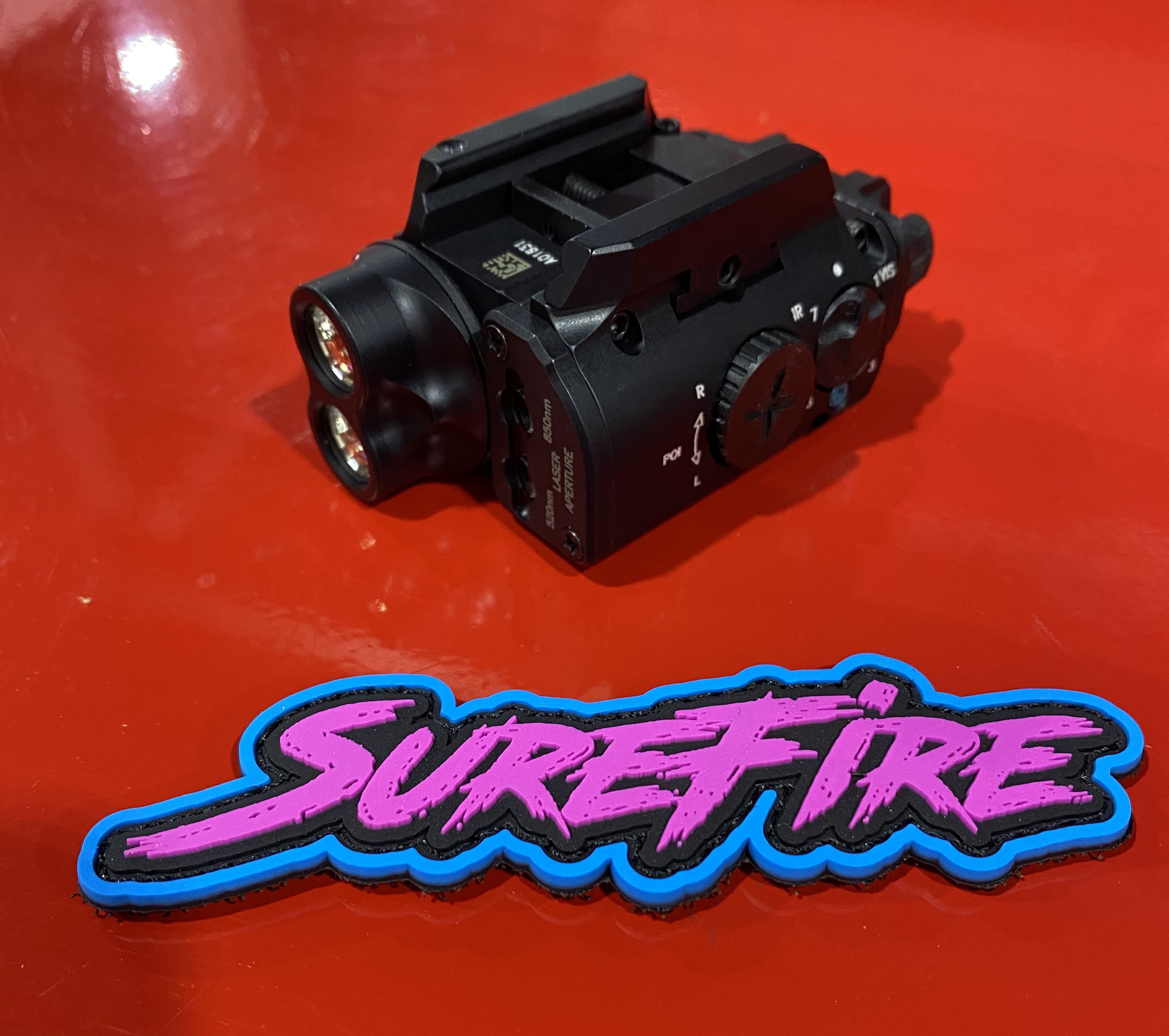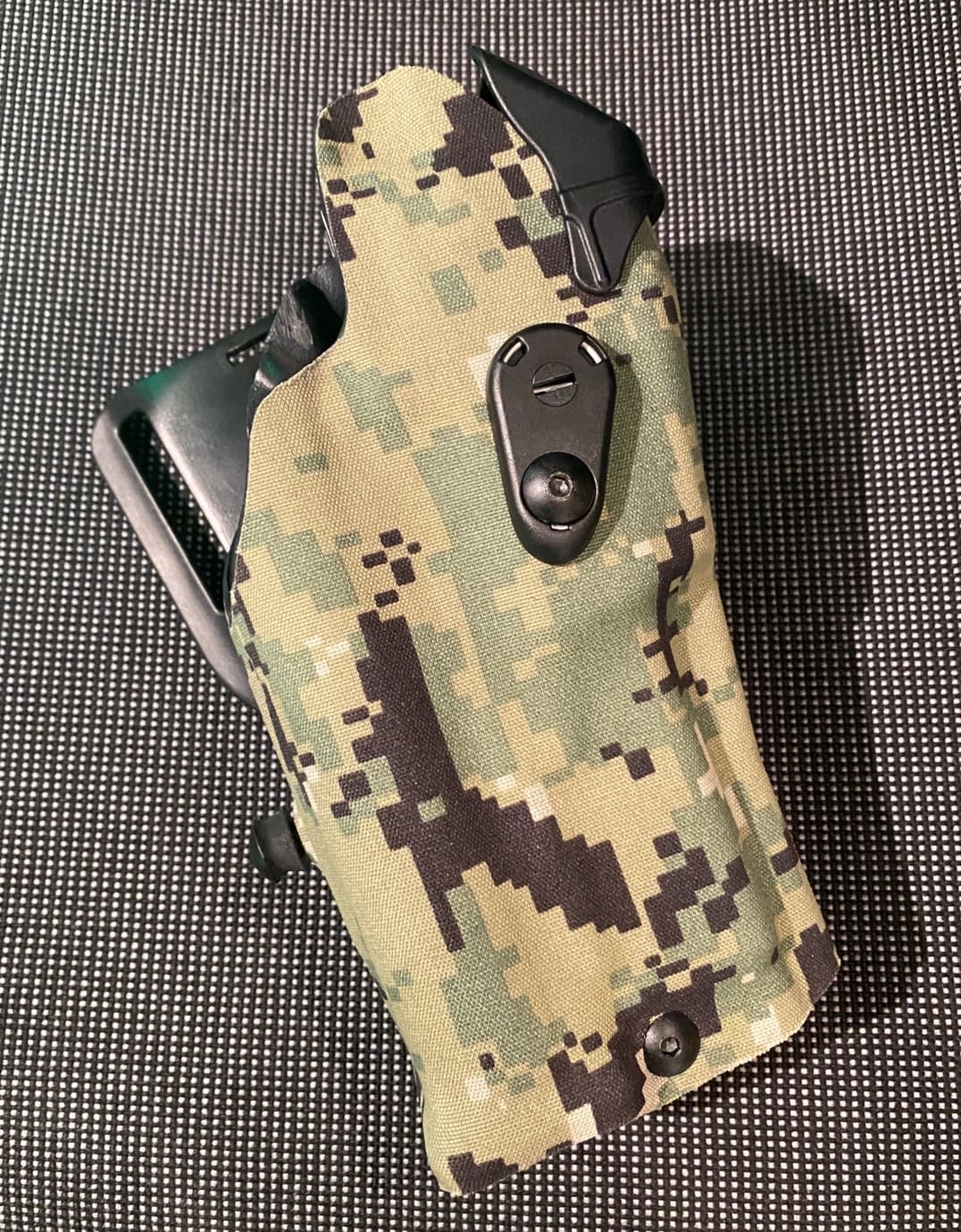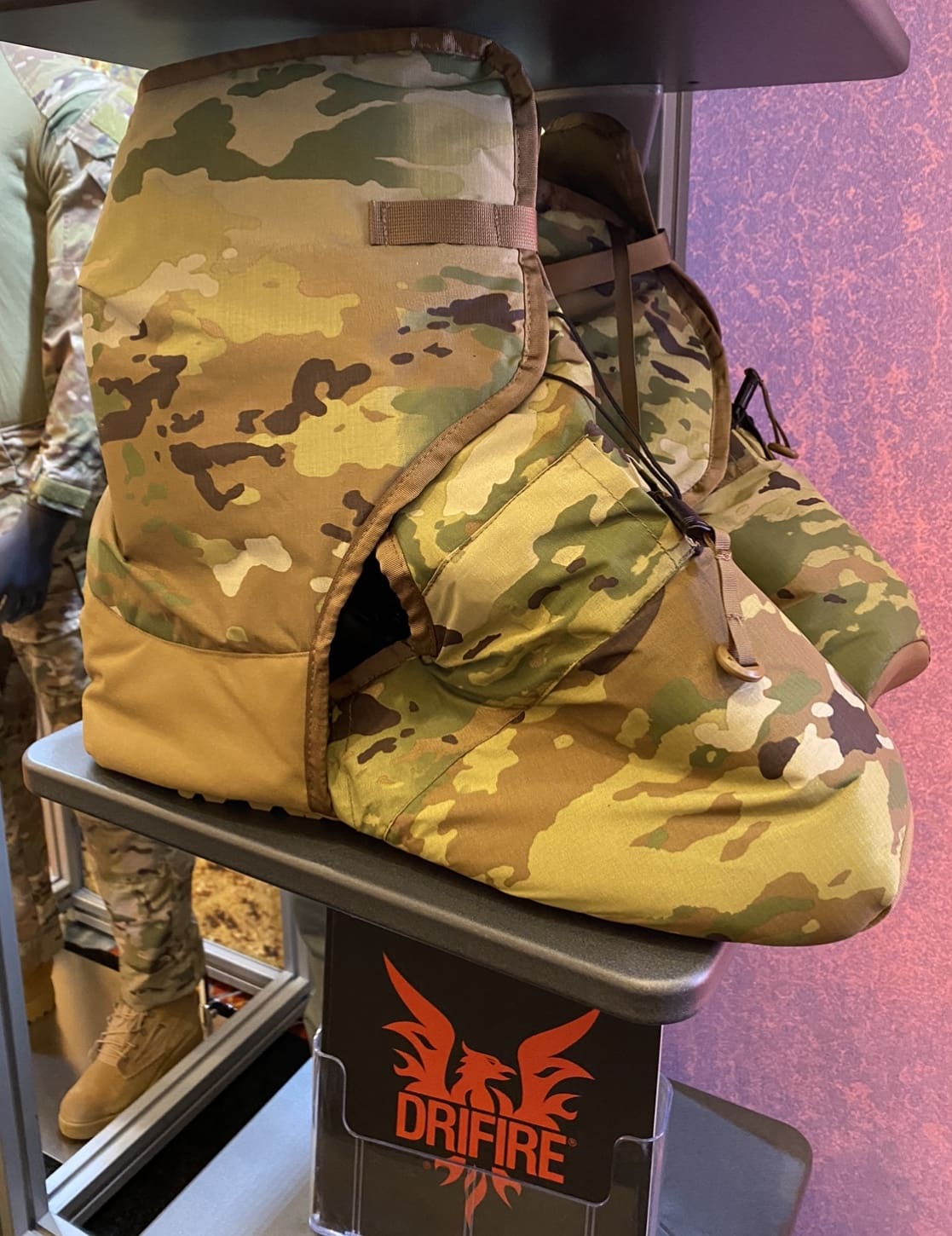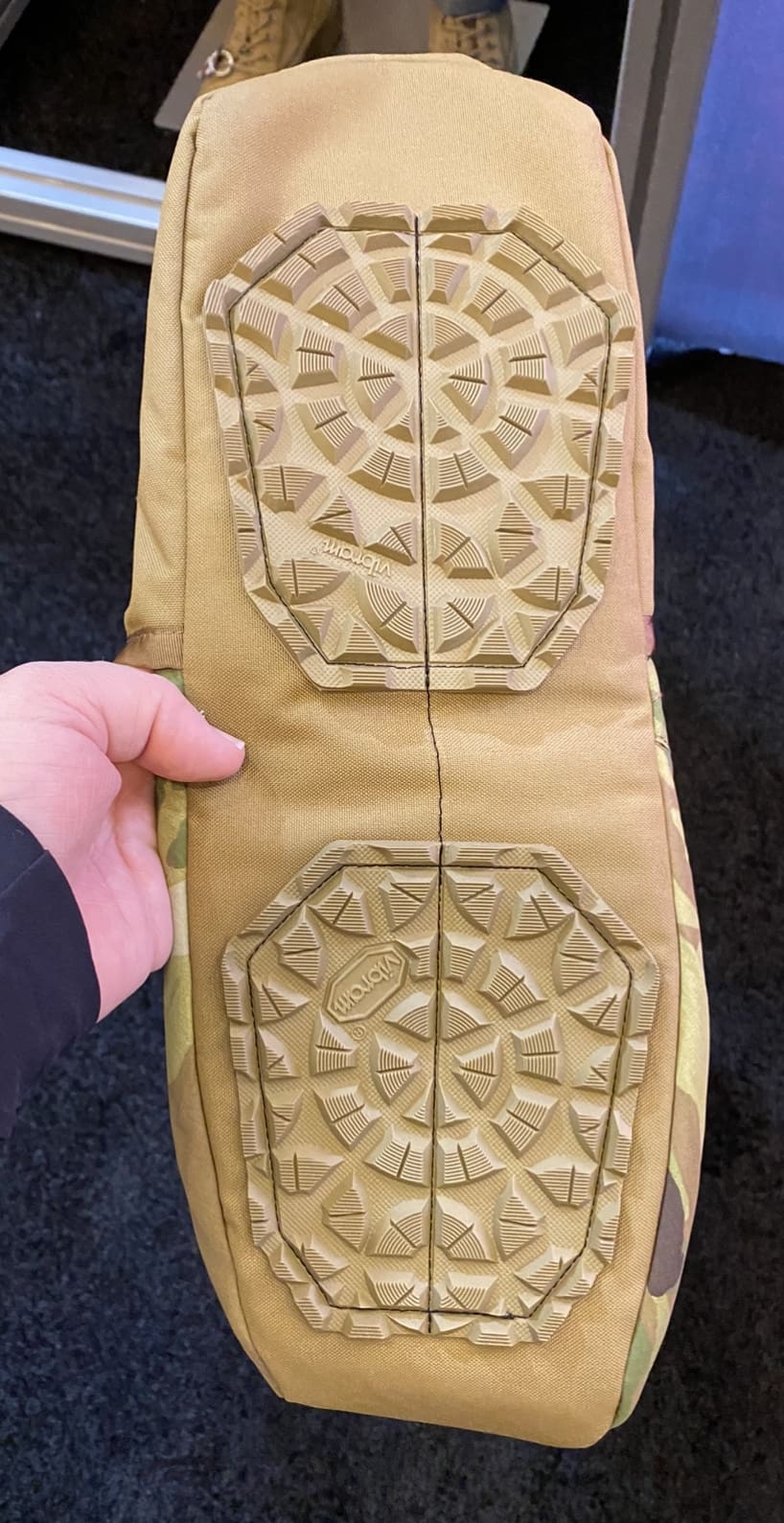New gas-powered Pro XD models broaden work UTV options

Minneapolis, Jan. 21, 2020 – The industry-leading vehicle designed for work, Pro XD, is now gas-powered. With the addition of two new gas models to the Pro XD line-up, Polaris broadens the applications where the utility task vehicle (UTV) can be used. Pro XD is built to withstand tough duty cycles and usage on the job while also increasing productivity.
“At Polaris, we are passionate about delivering state-of-the-art capabilities to all of our hard-working customers. With the launch of our Pro XD diesel work vehicles last year, we delivered huge value to our government, commercial, rental, and construction sectors,” said Sean Cheatham, vice president of Product Development, Strategy, and Marketing at Polaris Commercial, Government and Defense. “Today, with the addition of gas-powered models, customers who prefer gas can now take full advantage of the ultra-productive Pro XD line.”
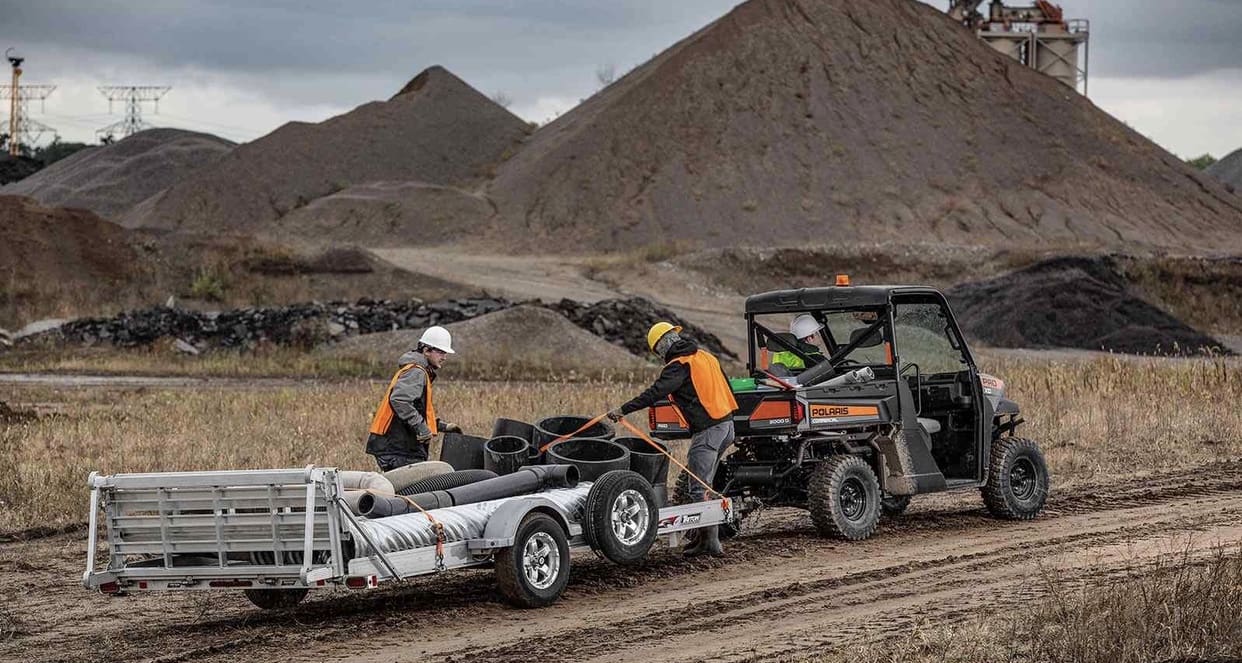
Like the diesel models, the new Pro XD gas models provide seating capacity of up to four individuals, industry-leading payload of up to 2,075 pounds and towing capacity of 2,500 pounds. Designed for work across various off-road and on-road terrains and factory shipped at 26 mph, the gas-powered models are the ideal vehicle for increasing capabilities within municipalities, and emergency response. The new models continue to provide the same best-in-class durability, serviceability and safety features with some additional model updates.
Durability Components
Pro XD vehicles lower total cost of ownership with heavy-duty components such as puncture resistant seats and tires, commercial-grade wear components and heavy-duty suspension. These components provide customers with peace of mind that their vehicle will last through tough duty cycles and work abuse. Additionally, the all-new Pro XD gas models include a Polaris Pro-Star 1000 cc gas engine capable of enduring the harshest on-the-job conditions.
Serviceability Features
By designing with universal and simple-to-replace parts such as easy-install accessories and common size, non-directional tires and easy maintenance access points, Pro XD vehicles make service updates simple. The state-of-the-art gas-powered models further decrease necessary downtime with a high output charging system that increases battery life and powered accessory capacity.
Safety Attributes
All Pro XD models provide added safety features to help keep operators safe on the job. Safety components include operator warnings, highly visible colors, improved sightlines for greater visibility, operator horn and pedestrian alarms, and minimized dust ingestion within the sealed cab. Additionally, the new gas models are designed with a tamper proof, digital speed calibration, allowing the owner to decrease the top speed to as low as 15 mph.
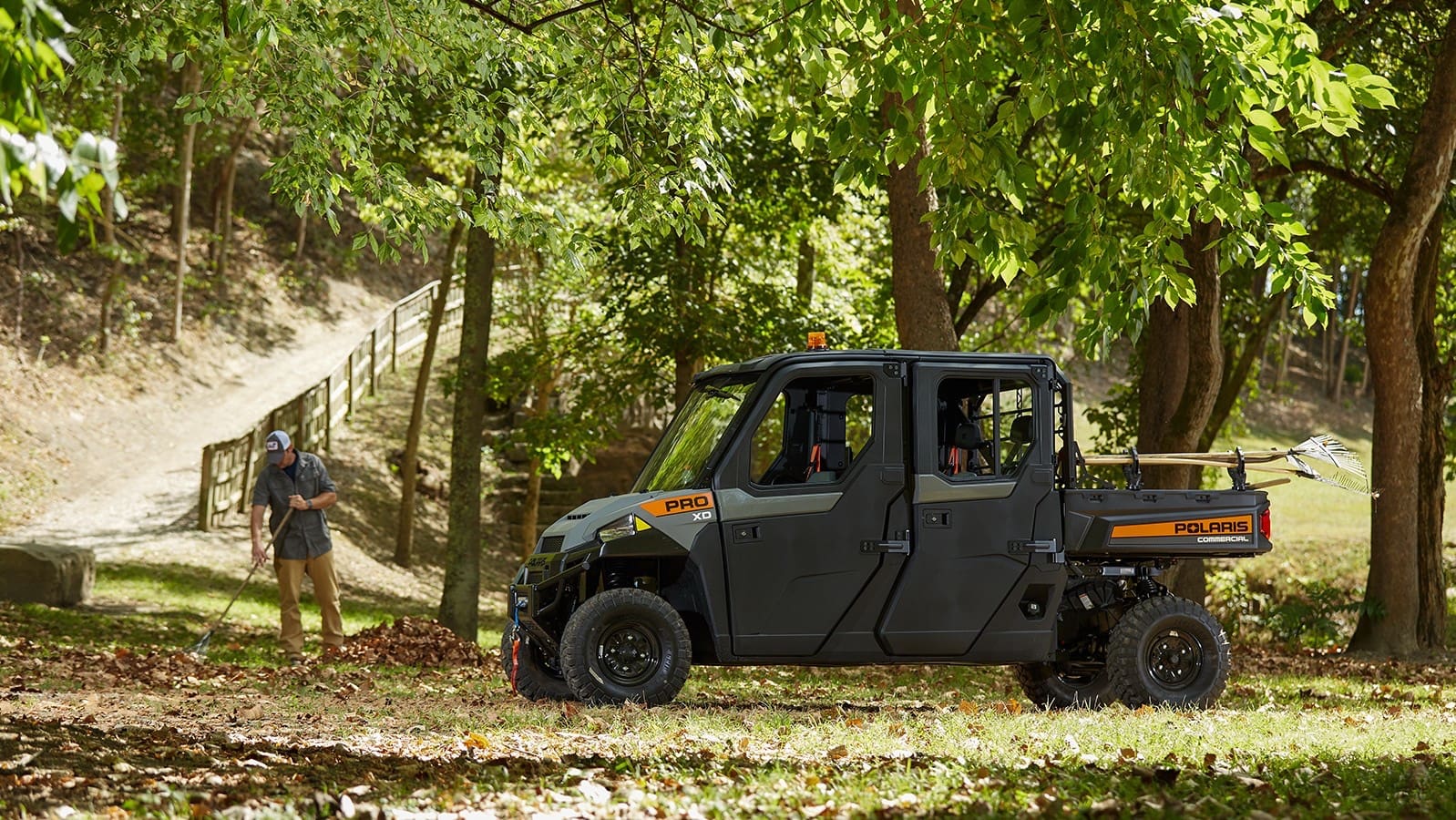
The gas-powered models include the two-seat 2000G AWD with a payload of up to 1,900 pounds and the four-seat 4000G AWD with a payload of up to 2,075 pounds. The vehicles join the current Pro XD line-up of the diesel-powered 2000D 2WD, 2000D AWD and 4000D AWD.


